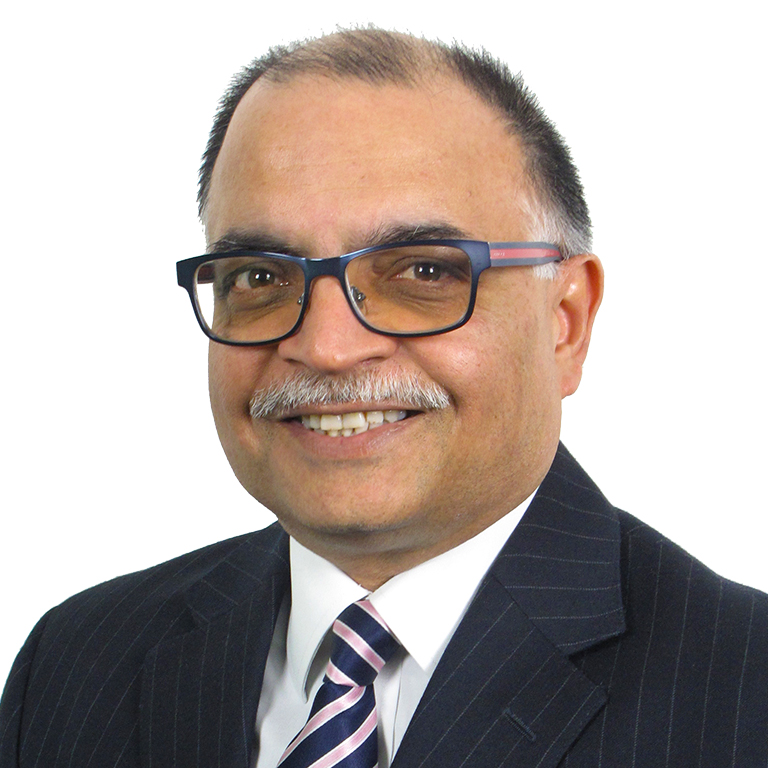
By Praveen Sharma ,
Global Leader, Multinational Insurance Regulatory and Tax Consulting Practice
07/10/2024 · 4 minute read
Multinational organisations must create global programmes that are “suitable for their business models”, according to Marsh’s Insurance Regulatory & Tax Consulting Practice Global Leader, Praveen Sharma. Failure to do so can introduce gaps within coverage, he said, at Commercial Risk’s “Global Programmes – Europe 2024” conference, in London, on 18 September.
Sharma was part of a panel discussion, titled ‘Mind the gap’, which explored the reasons why coverage gaps exist in global programmes and the effective practices for multinational companies to rectify them.
Brokers and insurers must get “under the skin” of a client’s business model to “structure a programme fit for purpose”, stated Sharma. It is important that risk managers articulate what circumstances could cause a potential risk, where it would happen, and how it would specifically affect the business.
When negotiating placements, it is essential discussions have an element of collaboration between underwriters and risk managers — creating alignment on how coverage will function before it is placed. Additionally, good brokers should steer clear of making discussions “transactional, to sell policies”, Sharma added.
Some insurers will not have local offices for each territory multinationals operate in, instead opting to use local partners who may not provide specific coverages or be licensed to carry out certain tasks. It is critical that insureds and brokers discuss this with insurers at each renewal process.
Gaps can occur from multinationals “renewing ‘as is’ at the last minute”, stated Sharma. If negotiations are required with carriers ahead of renewals, risk managers should aim to schedule dialogue earlier — particularly for more complex issues.
Risk managers, insurers, and brokers should all seek to promote earlier communication between parties. Advance conversations are important for understanding what exposures risk managers face and which products may be suitable for their organisation. Open discussions with carriers also provides risk managers with valuable insights that can help identify coverage gaps in programmes they are designing.
Furthermore, a delayed or rushed renewal of a new or existing policy will not give sufficient time for review of how coverage would respond.
Risk managers should seek to obtain certainty and uniformity in global programmes, while maintaining compliance and cost-effectiveness. It is vital that programmes are analysed and examined ahead of time via both claim scenarios workshops and stress testing.
Multinationals should review operations of all size, against both volatile and stable environments. For a comprehensive assessment of their global programme, risk managers must evaluate and stress test the most challenging aspects and risks to their organisation — not just the most obvious scenarios.
It is also necessary for multinationals to test how programmes will respond both locally and remotely, as the response of a programme can substantially vary depending on the territory in question.
As local policy is based on many factors, local circumstances will require bespoke solutions, according to Sharma. All parties need to carefully check relevant regulation and documentation to fully understand local practices and laws — differences in compulsory worker’s compensations among nations is a pertinent example for multinationals.
The currencies of some nations multinationals operate in, can be volatile. Due to fluctuations in the valuation of a country’s currency, gaps can emerge in insurance policies between current and declared limits and evaluations. Gaining contract certainty on where claims will be paid and in what currency is key for mitigating this issue.
To secure blanket coverage for all operations, “the wording of the master policy should be mirrored as much as possible”, said Sharma. However, to achieve this, risk managers may be overly reliant on local partners and carriers to ensure coverage is fit for purpose. Newer forms of technology could be leveraged to remedy this and help align global and local policies.
The FINC clause was developed to provide multinationals with a reliable form of gap coverage and protection against issues surrounding complex and unique insurance and tax regulations.
However, before application, it is absolutely crucial that organisations “address and fully understand the ramifications of FINC”, said Sharma. The FINC clause should be applied as a last resort for unforeseeable local situations, where non-admitted insurance is strictly prohibited by law.
Much uncertainty surrounding FINC stems from inconsistent interpretations by insurers, and incorrect use can “create unnecessary problems and delays”, Sharma added. To eliminate confusion and give clarity regarding the use of FINC, the International Underwriting Association created a model clause.